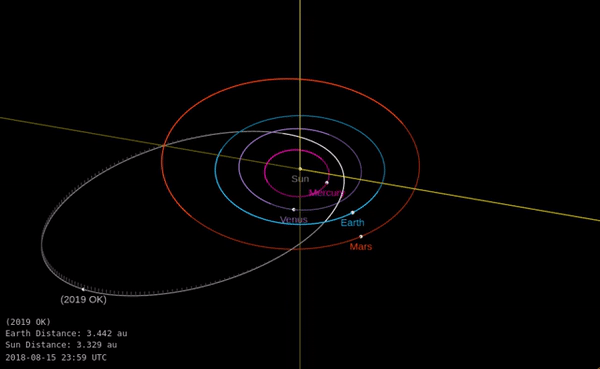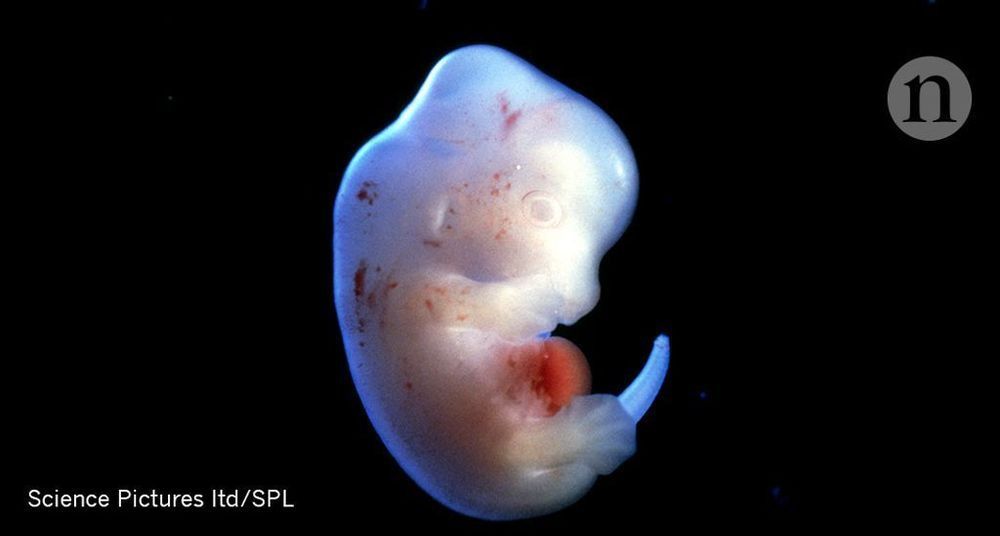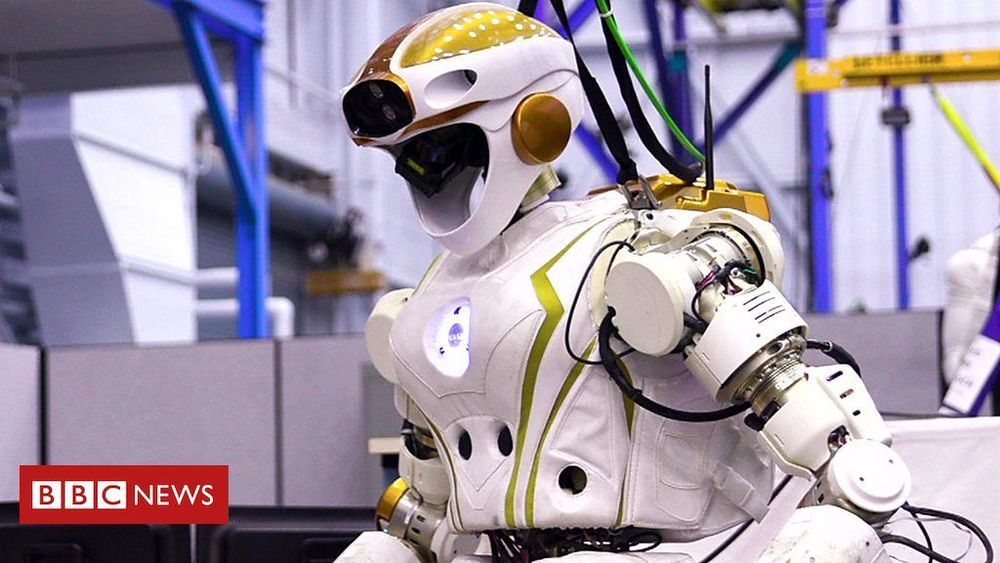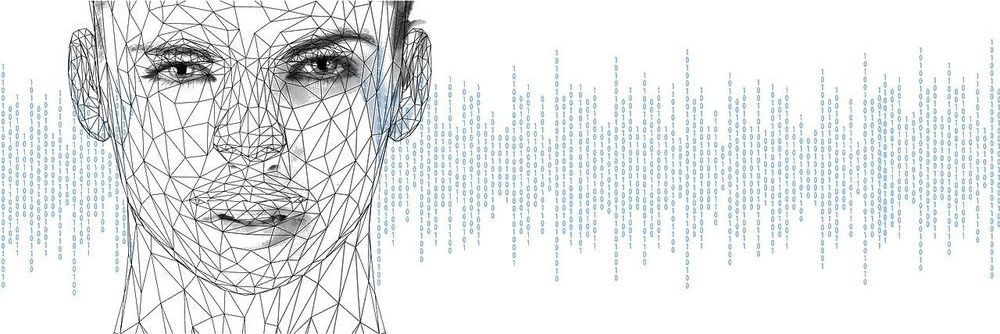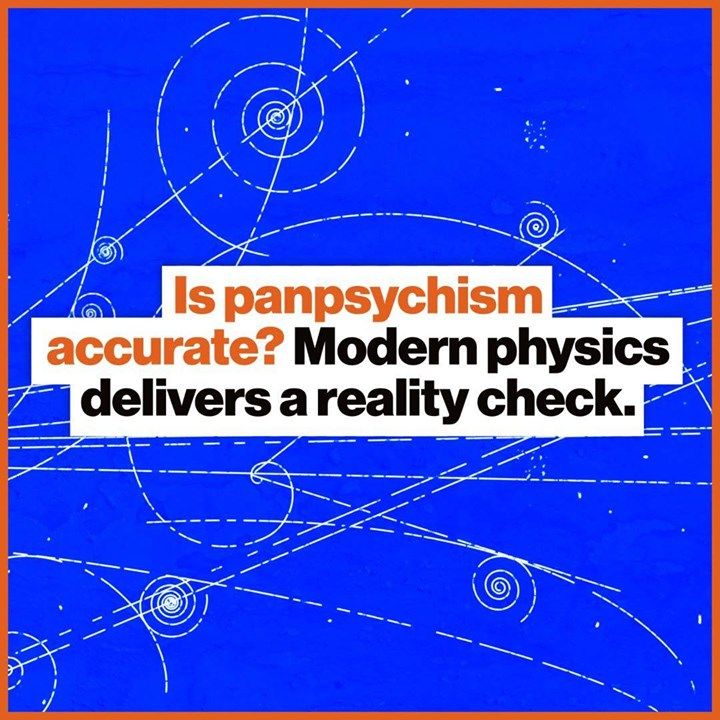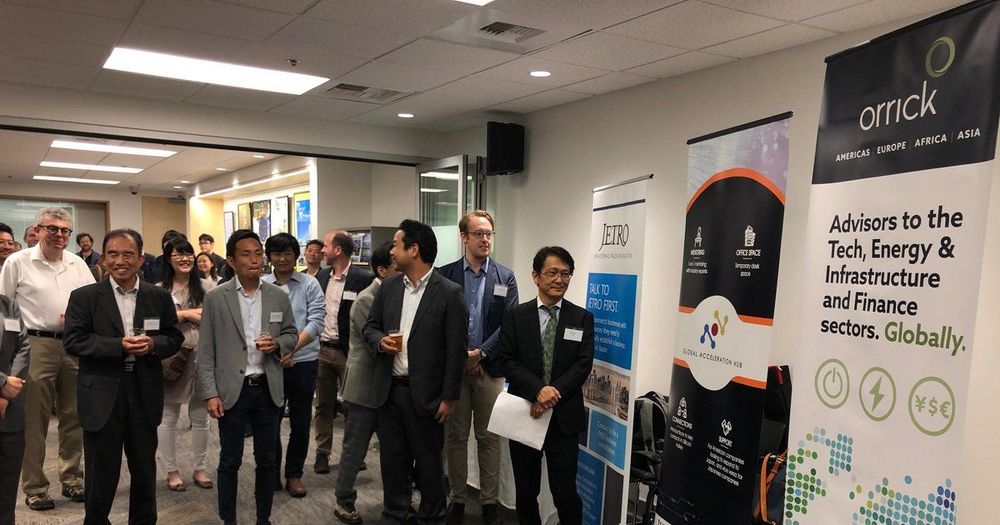Jul 29, 2019
A huge asteroid flew very close to Earth last week. How did we miss it?
Posted by Richard Christophr Saragoza in categories: asteroid/comet impacts, existential risks
The asteroid managed to get within just 73,000 kilometers of our planet without anyone noticing. The miss lends a new sense of urgency to preparations for a potential collision one day.
The news: On Thursday July 25 an asteroid dubbed “Asteroid 2019 OK”, measuring 57 to 130 meters wide (187 to 427 feet), got uncomfortably close to Earth, according to NASA’s near-Earth objects database. It was less than one-fifth of the distance to the moon away, making it a very close call in space terms. If it had landed on a populated area it could have caused major damage, although this outcome is statistically quite unlikely.
Should we worry? It’s hard not to feel concerned that a “city-killer” sized asteroid wasn’t detected further ahead of time. It was announced just hours before it passed by Earth, after being detected just a few days beforehand by teams in the US and Brazil. Its relatively small size, unusual orbit, and fast speed all conspired to make it tough to spot, researchers told the Washington Post.
